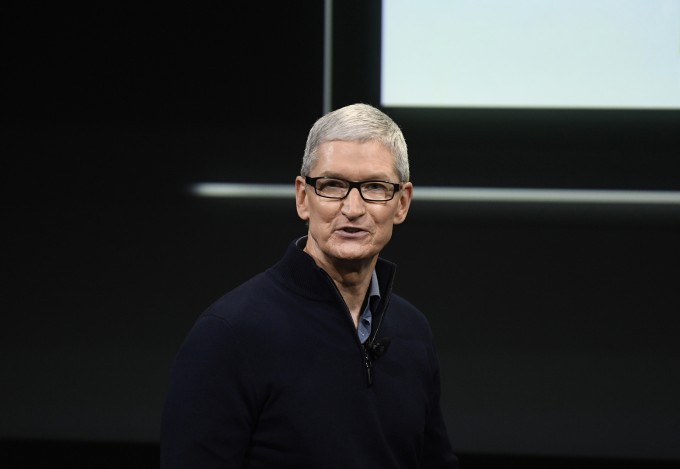What the iPhone’s slump means for the future of mobile pay

Apple’s recent smartphone revenue decline contrasts with strength in wearables and services, making these alternative venues increasingly important to Apple Pay’s continued success.
Apple reported $84.3 billion in revenues for its fiscal 2019 first quarter, which ended Dec. 29, a 5 percent decline from the prior year’s $88.3 billion and the company’s first holiday quarter decline since 2001. It also ended a long string of record quarterly results.
But, beyond the iPhone slump, there were signs of strength for Apple Pay and other technology that could offset earnings headwinds in the future.
 Image: Bloomberg News
Image: Bloomberg NewsApple reported that revenue from the iPhone declined 15 percent in its fiscal first quarter compared to the quarter one year ago due to its customers holding on to their existing iPhones for a longer period of time, thereby delaying the upgrade cycle. “While it was disappointing to miss our revenue guidance, we manage Apple for the long term, and this quarter’s results demonstrate that the underlying strength of our business runs deep and wide,” stated Tim Cook, CEO of Apple in the earnings press release.
“It was also a great holiday season for Apple Pay,” said Cook, noting there were more than 1.8 billion transactions in the quarter, more than double volume of the prior year. Apple additionally reported that Apple’s installed base of devices reached an all-time high of 1.4 billion devices in the quarter.
Apple Pay has spent much of the past year picking up lagging merchant adoption, such as Target, CVS and 7-Eleven. Taco Bell and Jack in the Box also recently announced support.
And there has also been geographic and device expansion. Apple Pay launched in three new countries in the December quarter,Germany, Belgium and Kazakhstan, and is now live in 27 markets, Cook said. “The rollout in Germany has been a huge success with Deutsche Bank reporting more activations for Apple Pay in one week than for Android in an entire year,” added Cook during the earnings call.
Additionally, Consumers can use Apple Pay with the iPhone and Apple Watch at nearly 3,000 Speedway locations.
The Apple Watch support matches overall growth in Apple’s Wearables and Services segment, and suggests a potential venue for Apple Pay.
The Wearables, Home and Accessories category revenue grew 33 percent in the fiscal first quarter over the year ago quarter. The Services segment which includes Apple Pay, Apple Music, and other services expanded its sales in the quarter reaching $10.875 billion in sales.
Apple plans to double the size of its service business over over the next four years, with a yearly revenue target $50 billion by 2021. That includes revenue from the App Store, iCloud and Music and video services, which could lead Apple to extend options for Apple Pay.
Apple has recently increased marketing for Apple Pay, and introduced features such as Apple Pay Cash, to compete with PayPal and Venmo. The extension of Apple Pay to brokerage transactions is also a sign Apple is looking for additional channels for its payment app.
“Shoppers around the world love Apple Pay and it has increasingly become an indispensable part of daily life,” Cook said.
